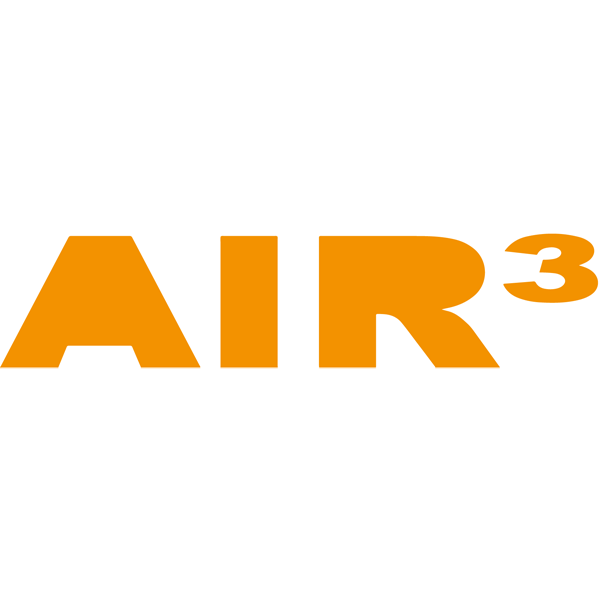Adaptive brightness is a very useful feature of AIR³. It greatly increases autonomy. When the device is exposed to more light, the screen adapts and becomes brighter. When the device receives less light, the screen automatically decreases the brightness and thus reduces power consumption.
However, you can disable this feature (for example if the upper left part of the device, where the light sensor is located) is shaded but there is a lot of light on the screen.
This can be done temporarily or permanently.
Temporarily:
Click a button that is set to increase or decrease brightness (check Key bindings) (or one of the on-screen brightness widgets) to force the brightness level (higher or lower). This temporarily disables adaptive brightness. Each click increases the brightness by 10%. On various events such as thermal start, end of thermal, … XCTrack is configured (automatic actions) to return to system setting, so with adaptive brightness enabled.
Permanently:
To disable adaptive brightness for the entire flight, go to Android Settings/Display and disable “Adaptive brightness”. Set the default brightness level you wish to achieve (e.g. 70%). Launch XCTrack. Brightness will start at the default brightness level you set (e.g. 70%). You can change the brightness level during flight by clicking on an increase/decrease brightness button (or the on-screen brightness widgets) to force a different brightness level. Each click increases the brightness by 10%. At various events such as thermal start, thermal end, … XCTrack is configured to return to the system setting, i.e. the default brightness level (e.g. 70%).
